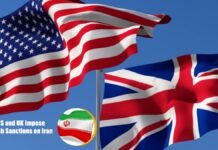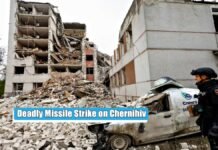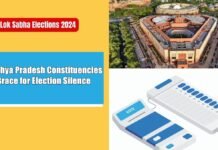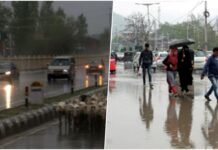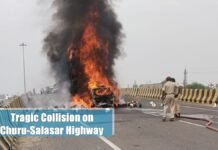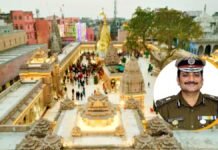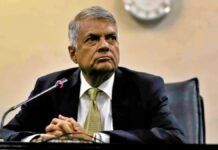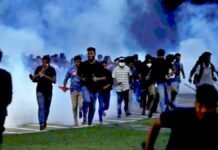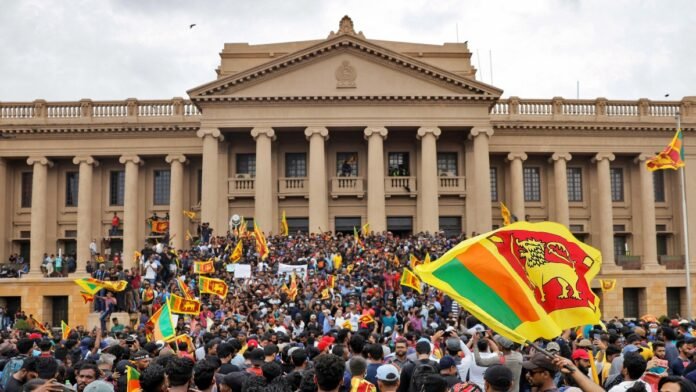
Colombo: In June, a few dozen activists started meeting regularly for hours at a tent camp on Colombo’s beach. The reason for the meeting was to revive the protest movement of Sri Lanka and bring it to the streets.
The group included a Catholic priest, a digital strategist, and a popular playwright. His plan to change power is considered to be more successful than the expectations.
Within a few weeks, thousands of people took to the streets of Colombo. After an initial clash with the police, the protesters occupied major government buildings and residences. The pressure increased so much that President Gotabaya Rajapaksa, was elected with a thumping majority, and his prime minister was forced to step down.
Chamira Deduvez (who is also a digital strategist at a major advertising firm) who was part of the team told Reuters he is still working on it.
On the success of the protest, he said that it was 50 percent forethought and coordination, another 30 percent will of the people, and 20 percent luck.
In interviews, veterans of those short meetings told how they had all agreed to invigorate the widely known movement “Aragalaya”, which means struggle in Hindi.
The agitation began in March when thousands took to the streets to express their anger over long power cuts and rising prices. The agitators were also pressurizing the Rajapaksa family to leave the post, which has been playing an important role in the country’s power for 20 years.
On 9 May, Rajapaksa’s elder brother and then Prime Minister Mahinda Rajapaksa resigned. Also on June 9, younger brother Tulsi resigned from the post of MP.
Therefore, Aragalaya activists targeted 9 July as the day they were hoping to oust the president himself.
According to three attendees, online agitations, meetings with political parties, trade unions, and student groups, and door-to-door campaigning were carried out so that more people could become a part of the movement.
The deteriorating condition of the economy, the removal of food and drink from the reach of the public, and the Rajapaksa family not leaving power became the reason for the anger of the people.
Riding on trains, buses, lorries, and cycles, or simply walking, a huge crowd gathered in Colombo on Saturday, ready to engage with the security forces guarding government buildings.
Panicked by the increasingly dire situation, Rajapaksa and Prime Minister Ranil Wickremesinghe were taken to undisclosed safe places, and within hours they announced their resignations.
Deduwege, a digital strategist, said Sri Lanka has about 5 million households and 8 million active Facebook accounts, making it a highly effective way to reach protesters online.
In early July, one of the recipients of the group’s social media messages was Satya Charit Amartunge, a marketing professional living in Moratuwa, about 20 km from Colombo, who had previously participated in anti-government protests.
Charit, 35, took to a poster obtained via WhatsApp on July 2, which read “The country to Colombo, July 9” in the local language. He uploaded it on his personal Facebook page.
That night, he started a campaign at his level, so that many thousands of people reached the streets of Colombo.
According to Deduwege, other members reached out directly to opposition political parties, trade unions and student unions, including the influential Inter University Students Federation (IUSF), to garner overwhelming support for them.
One of the largest student groups in Sri Lanka, the IUSF is famous for its political agitation. The organization clashed with security forces during the recent protests. Who also broke the police barricades between tear gas and water cannon.
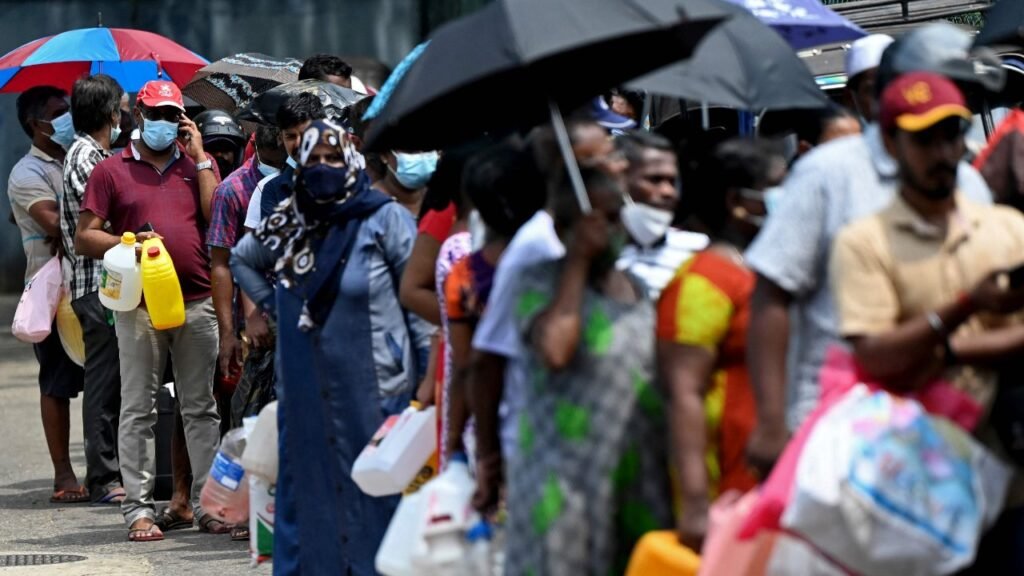
The volunteers of this group were also asked to visit thousands of homes in parts of Colombo. Campaigns were also run in many villages to connect people outside the city with the movement.
According to the organizers, a curfew was imposed by the police on July 8 due to which many of the comrades went back to their homes fearing arrest.
Catholic priest Jeevant Peiris, who was part of the activist group, said he was concerned that only a few thousand people would be able to come the next day because of the restrictions. The lack of fuel had also hurt the prospects of people commuting by transport.
“We honestly only expected 10,000 with all these restrictions,” Jeevant Peiris told Reuters.
However, people stricken by back-breaking inflation, fuel shortages, and blackouts have flooded the streets of Colombo, forcing the Rajapaksa family to be ousted from power.






